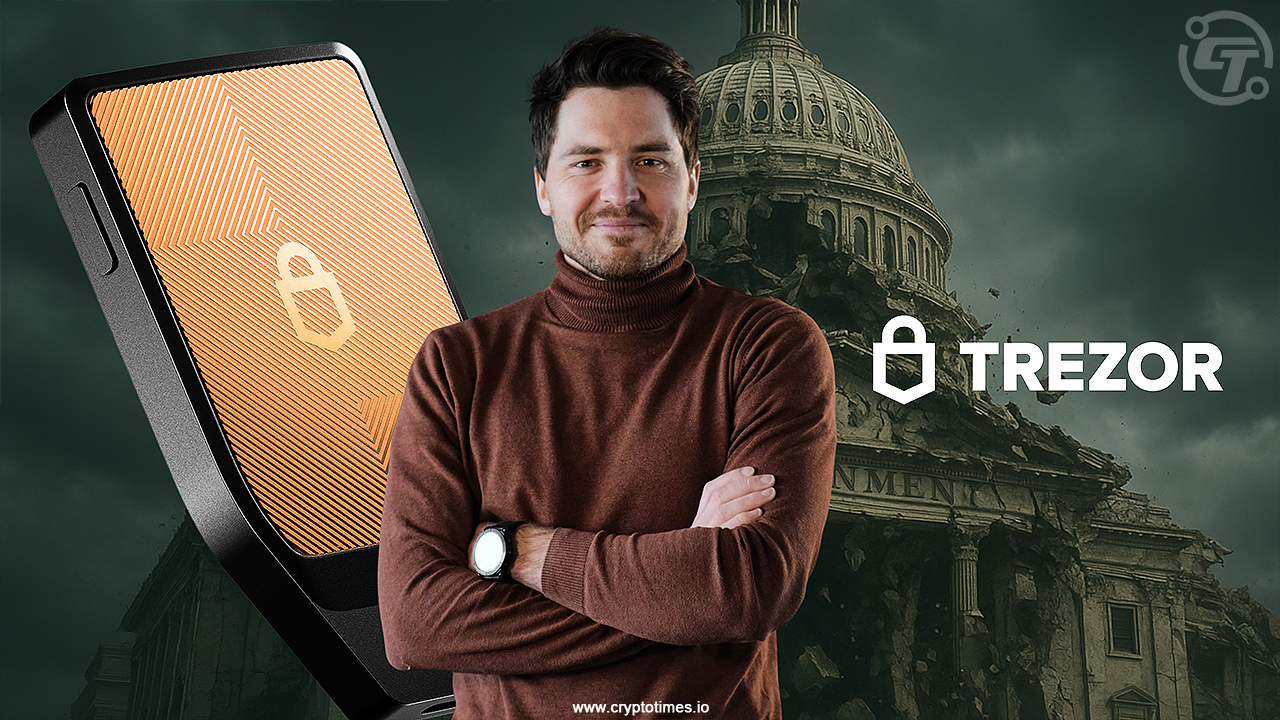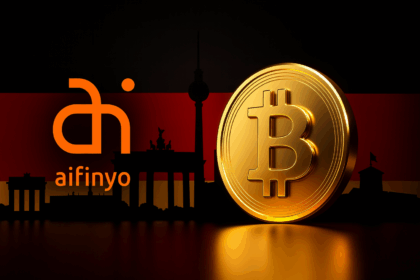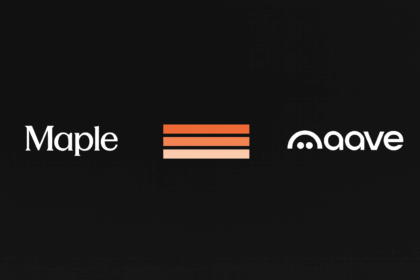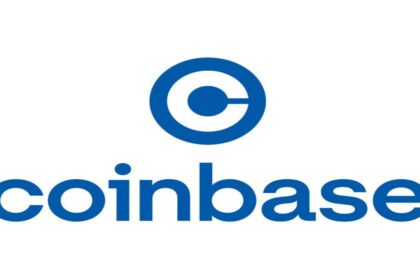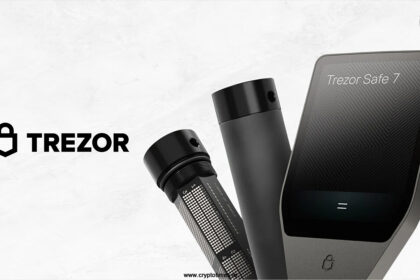Money is trust. When that trust breaks, nations fall, lives are destroyed and revolutions begin. The story of how Trezor, the world’s first and largest Bitcoin hardware wallet company, was born is not a Silicon Valley startup tale. It is a story of survival.
A story of a people betrayed by their own government, and how that pain led them to build a new kind of financial freedom—one that no authority can seize.
During the launch of the new Trezor Safe 7, a powerful message was displayed on the event board:
“No government touches my Bitcoin.”
It wasn’t just a slogan. It was a promise formed in history.
Trezor CEO Matěj Žák opened his speech not with product specs or marketing. He opened with history—a dark chapter that explains why Trezor exists and why self-custody is not a feature—it is a responsibility.
A Nation Robbed in 24 Hours
The story begins in Czechoslovakia, 1953. A small European country caught under Soviet influence and communist dictatorship after World War II. Freedom disappeared. Private property disappeared. Speech became dangerous. But the worst wound came not from war—but from the pen of politicians.
On May 29, 1953, the President of Czechoslovakia made a bold announcement on national radio: “Our currency is strong. There will be no monetary reform. These are just lies spread by the class enemies.”
He lied.
Within 24 hours, the government executed a secret plan called “monetary reform.” Overnight, the Czechoslovak koruna was declared invalid. Citizens were forced to exchange their old money for new notes, printed quietly in the Soviet Union and shipped in protected crates.
The exchange was daylight robbery:
Only 300 korunas per person could be exchanged legally
Even that was converted at a 5:1 rate—meaning you lost 80% of your savings instantly
Bank savings were destroyed at up to 50:1
Life insurance and government bonds were annulled, worth zero overnight
In one night, 98% of people’s wealth vanished. Workers, farmers, teachers, soldiers, and ordinary people, were financially executed, while party members and elites had quietly converted their savings ahead of time.
Those who protested were beaten. Many were jailed. Some were killed.
That day is remembered as the largest state-backed financial theft in Czech history.
The Birth of Financial Resistance
This tragedy created something deep in the Czech spirit, permanent distrust toward centralized power. As Matěj Žák said in his speech: “Czechs have historically grown a pretty strong skepticism towards the establishment. It truly runs deep in our DNA.”
The people who built Trezor grew up hearing these stories from parents and grandparents—the same people who lost everything in 1953. So when they saw the global financial crisis in 2008, the collapse of banks, and the corruption of money by inflation and government control, they immediately understood Bitcoin.
Bitcoin was not a speculation to them. It was economic survival, self-defense, and a peaceful revolution.
From Revolution to Invention: The Birth of Trezor
In 2013, in Prague, a new problem emerged among early Bitcoiners: How do you truly own your Bitcoin? If you hold it on an exchange, it can be frozen. If you hold it on your computer, it can be hacked. Even cold storage methods were complex.
So a group of Czech engineers and cypherpunks decided to solve it. The result was Trezor—the world’s first Bitcoin hardware wallet.
But they didn’t stop there.
At the same time, Trezor invented something even more important—the first human-readable Bitcoin recovery backup—a series of 12–24 English words anyone could secure and memorize.
Today over 300 million people use this standard to secure cryptocurrencies. And in one of the most remarkable decisions in tech history, Trezor made it open source, free for the world to use.
Matěj Žák said about it: “Any of those 300 million users don’t have to trust me, they don’t have to trust Trezor.”
That is not just a statement. That is a philosophy. One that comes from a people who refuse to let anyone have the power to take their money ever again.
Why Trezor Fights for Self-Custody
Trezor is more than a device. It is a shield against history.
The CEO reminded people of three painful truths:
- History repeats itself : Eight countries this century alone have erased savings through hyperinflation or “monetary reform.”
- Banks still fail: More than 700 private banks collapsed just in the last two decades.
- Centralization is still dangerous: Exchanges get hacked, governments freeze funds, and ETF Bitcoin is just paper Bitcoin—not real ownership.
This is why the Trezor team believes in self-custody over dependence. Why they say: “Not your keys, not your coins is actually true more than ever.”
It is not just a marketing line. It is the voice of 1953 speaking through 2025. A lifelong answer to government betrayal.
More Than A Company – A Mission
As Matěj Žák concluded in his speech:
“My grandparents in 1953 didn’t have a choice. They didn’t have Bitcoin and they didn’t have the means to adequately protect it. But today we do.”
This is the real story behind Trezor. It was not built by businessmen. It was built by survivors of history. People who believe that wealth should belong to people, not governments, not banks, not corporations.
Yes, during the event they also unveiled their newest wallet, Trezor Safe 7, a next-generation security device. But that is not the headline. The headline is the mission, the unshakable promise that no government should ever again be able to erase a lifetime of savings.
Also Read: Trezor Safe 7 Unveiled: Sets New Standard for Self-Custody


